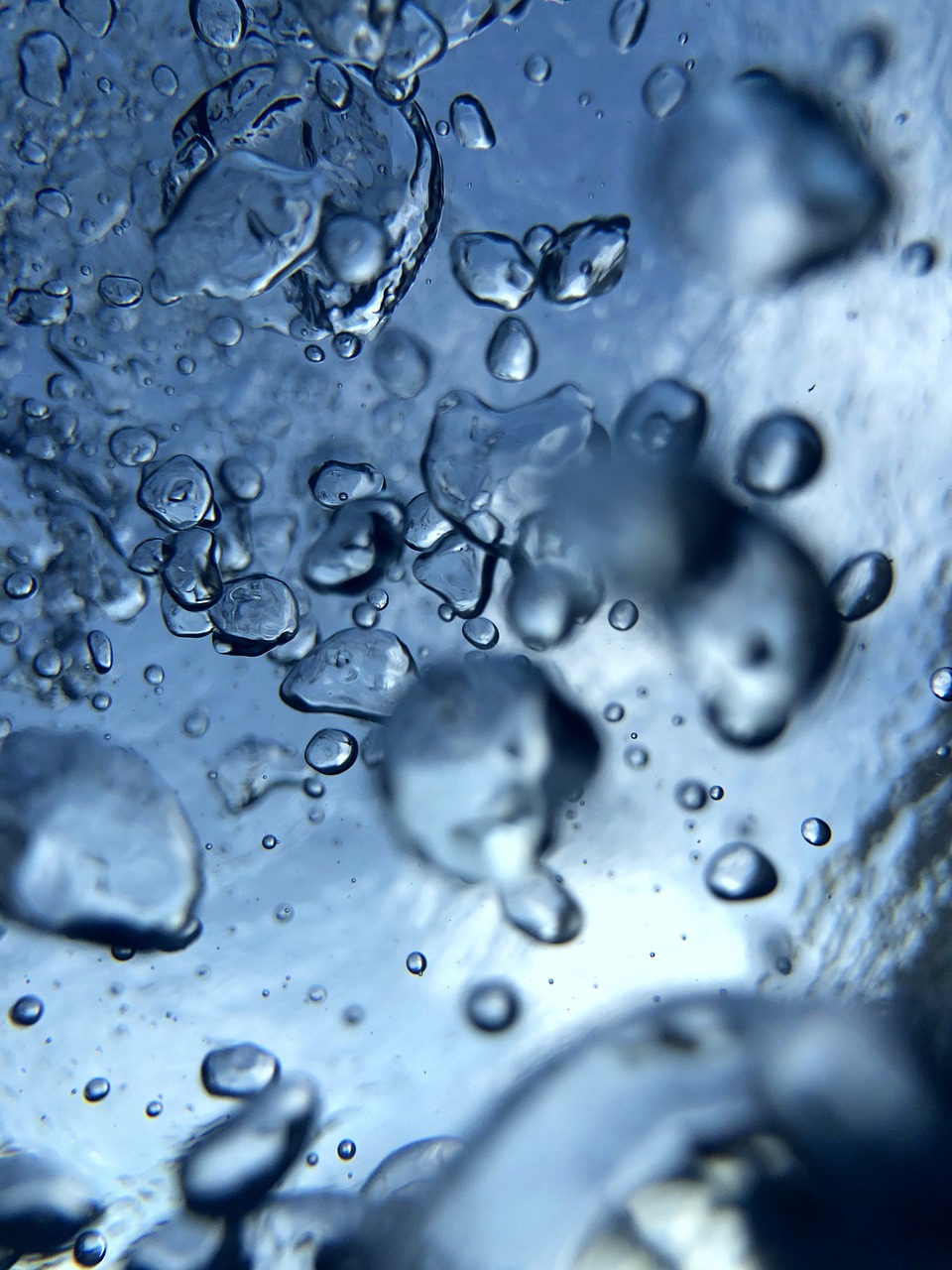Reverse osmosis (RO) is a water purification process that uses a semi-permeable membrane to separate water molecules from other substances. RO applies pressure to overcome osmotic pressure that favors even distributions. RO can remove dissolved or suspended chemical species as well as biological substances (principally bacteria), and is used in industrial processes and the production of potable water. RO retains the solute on the pressurized side of the membrane and the purified solvent passes to the other side. The relative sizes of the various molecules determines what passes through. “Selective” membranes reject large molecules, while accepting smaller molecules (such as solvent molecules, e.g., water).
RO is most commonly known for its use in drinking water purification from seawater, removing the salt and other effluent materials from the water molecules.
